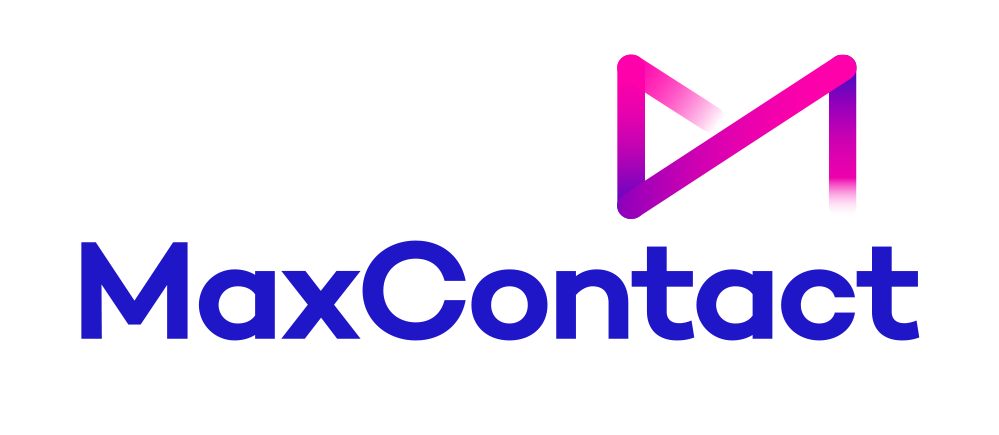What is an Abandoned Call?
Customers who call your company for support expect prompt and effective service. If they’re left waiting in a queue or find themselves transferred between multiple departments, they might end the call before they speak to anyone. This is known as an abandoned call.
Abandoned calls represent a failure to deliver a smooth and satisfying customer experience. Customers may find themselves forced to call back at another time or pursue a different communication channel. Either way, they’re unlikely to have a positive impression of your business – and may feel prompted to look to your competitors.
This article explores abandoned calls and their causes, provides guidance on calculating your abandoned call rate, and explores effective strategies to help you reduce abandoned calls in your system
Causes of Abandoned Calls
The first step to reducing the number of abandoned calls you experience is to understand what causes them. There are a range of reasons that a customer might abandon a call, including:
Long wait times.
The most obvious reason customers would abandon a call is simply because they’re left waiting too long. This can be particularly frustrating if their query is urgent or if they wait for an extended period before being forced to abandon the call to get on with their day.
Lack of self-service options.
For some customers, speaking to an agent isn’t their preferred approach. They may want the ease of an automated system or it may suit them better to call at a time when agents aren’t available. If you don’t offer self-service options, they may choose to abandon the call instead.
Complex IVR systems.
An Interactive Voice Response (IVR) system can ensure customers are routed to the most relevant department for their concerns, improving your First Contact Resolution (FCR) rate and minimising wait times. But if your IVR system is too difficult to navigate, customers may abandon the call in frustration when they can’t find the right option.
Human error.
While we’ve stressed the negative implications of abandoned calls, they won’t always reflect a failure on your part. Sometimes customers dial the wrong number or hang up by accident – unfortunately, there’s little you can do to avoid this!
Identifying which of these causes is contributing most to your abandonment rate will help shape the next steps. Once you’ve worked out which reasons are having the strongest impact, you can develop a focused strategy for tackling them.
How to Measure Call Abandonment Rate
The call abandonment rate is the number of calls ended before being answered by the call centre. But how exactly do you calculate the call abandonment rate? It's simple.
To calculate the call abandonment rate, make sure to follow these steps:
- Calculate the number of inbound calls you have received within a certain time frame.
- Subtract the number of handled calls from the total number of inbound calls.
- Divide the results by the number of calls offered.
- Multiply this result by 100 to get a percentage.
To simplify this further, here is the call abandonment formula:
For example, if there are 100 calls offered and just 95 are handled, then the abandonment rate would be 5%.
It is important to remember that any short, abandoned calls (usually those lasting less than 10 seconds) should be left out of your calculation. This is because, more often than not, these calls are misdialed numbers.
Why Does a Call Centre Abandonment Rate Matter?
Now that you have a better understanding of how to calculate the abandonment rate, let's explore why a call centre abandonment rate matters.
Firstly, the call centre abandonment rate is a key metric used to measure the percentage of terminated inbound calls before they have been connected to a live agent. There are many reasons why an abandonment rate matters, such as:
Customer Satisfaction
Firstly, a high call abandonment rate is often an indication of customer dissatisfaction caused by long wait times or poor customer service. A call abandonment rate allows you to identify if it is a high or low percentage. If the percentage is high, then you can implement strategies to lower it.
Operational Efficiency
The number of abandoned calls reflects the efficiency of your business and call centre operations. For example, a high abandonment call rate may indicate different issues, such as inefficient call routing or technical problems, which both need to be improved to increase customer satisfaction and reduce wait times.
Revenue
The more abandoned calls there are, the higher the chances of lost sales opportunities. This is not ideal, as it can impact your business's revenue and affect your chances of engaging with a potential customer.
Cost Management
The lower your call abandonment rate, the more money you can save. This is because low call abandonment rates reduce the costs associated with missed customer interactions and improve resources within the call centre.
As you can see, a call abandonment rate is important for many reasons, such as guaranteeing high customer satisfaction, increasing operational efficiency and saving money.
How Can You Lower the Abandonment Rate?
Abandoned calls can be frustrating, however, there is no need to worry because it is possible to lower your call abandonment rate and increase customer satisfaction. Here are some of the ways you can lower the call abandonment rate:
1. Improve Resource Allocation
It’s an obvious point but it bears stressing – your abandonment rate will always be an issue if you do not have enough call centre agents on hand to answer calls. Your call centre must be adequately staffed.
2. Simplify Your IVR Options
In theory, IVR should reduce your call abandonment rate. It allows customers to self-serve for certain queries and means that those who do want to speak to an agent can find their way to the right department. However, if your IVR options are unclear or hard to understand, customers may find themselves struggling to find the right option. After moving back and forth through various menus, they may simply decide it’s not worth their time and abandon the call.
3. Provide Omnichannel Support
Not all of your customers want to make a phone call to resolve their issues. Almost a third of customers prefer to use live chat functionality to communicate with companies. If these customers are forced to pick up the phone, they won’t just be frustrated that their preferences aren’t supported – they’ll also increase the burden on your inbound call centre team. Adopting an omnichannel system allows your customers to contact you in the way that best fits their needs. It’s a great way to improve your overall customer experience, and it can significantly contribute to tackling your abandonment rate. Of course, to make this a success, you’ll need flexible omnichannel call centre software to support you.
4. Monitor Key Metrics
Your abandonment rate can also help you measure improvements or identify underlying issues. Does your abandonment rate vary across different days of the week? Or perhaps it spikes at certain times of the year? By monitoring your abandonment rate across different periods, you can identify patterns and pinpoint likely causes.
5. Announce waiting times and offer a callback
If you announce waiting times, you can reduce customer frustration and the percentage of abandonment calls. You may also want to consider offering a call-back service if the wait time is too long.
As you can see, there are many ways in which you can lower the abandonment rate, whether it be through optimising staffing levels, especially during peak times, or regularly testing the process yourself to ensure everything is working and identify areas for improvement.
Reduce Your Abandonment Rate with MaxContact
Abandoned calls are bad news for your customer service efforts. In most cases, they suggest that your customers can’t quickly and easily get the support they need. To give your call centre team the best chance of success, it’s important to invest in software that truly supports their needs.
Here at MaxContact, we offer a wide range of services, including workforce management solutions that help reduce the risk of abandoned calls.
With MaxContact’s advanced capabilities at their fingertips, your call centre teams will be able to reduce their call abandonment rate and deliver the quality of service your customers expect. Get in touch today to book a guided demo and see how it works first-hand.
.png)
From the blog






